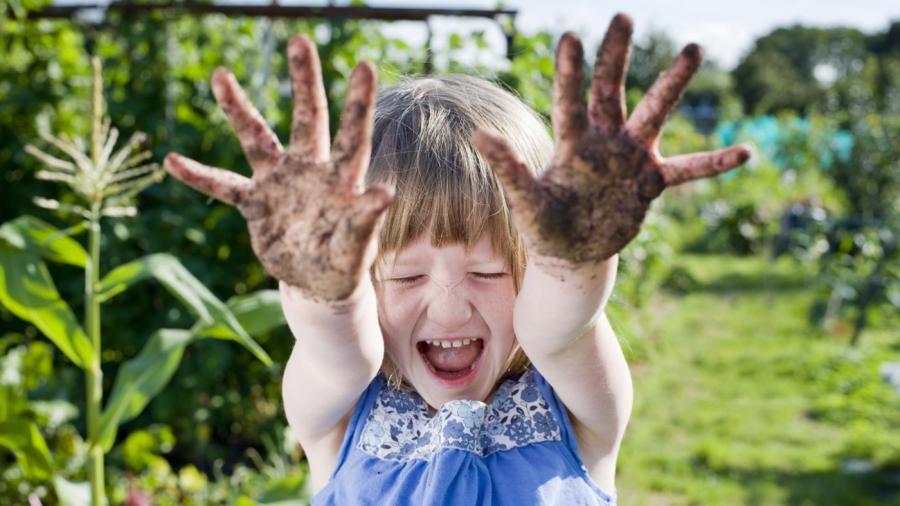What Are the Components of Soil?

Soil contains four essential components: rock particles, water, air and leaves. Although soil and dirt do not move or express feelings and emotions, they are actually very much alive, contain living and nonliving materials and serve important functions in ecosystems around the world.
The components of soil, in the aggregate, are called organic matter. This material includes decaying plant and animal matter along with tiny microbes and microorganisms. The four elements within soil are influenced by external physical factors such as wind, water, and chemical and geological processes. Although all soils contain the four same basic elements, they have varying amounts of each. Garden soil, for instance, might consist primarily of rock particles and small amounts (up to 5 percent) of other organic materials such as leaves and decomposed animal matter. Soil in forested areas, however, often contains a high volume of decaying matter, as trees, plants and other shrubs constantly die and decompose, and their remains find their way into the ground. Soil in water-rich areas, such as swamps, lakes, rivers and streams, is often composed primarily of water, while soil found in dry and arid locations, and areas subject to high and frequent winds, is made primarily of air and rock particles.





